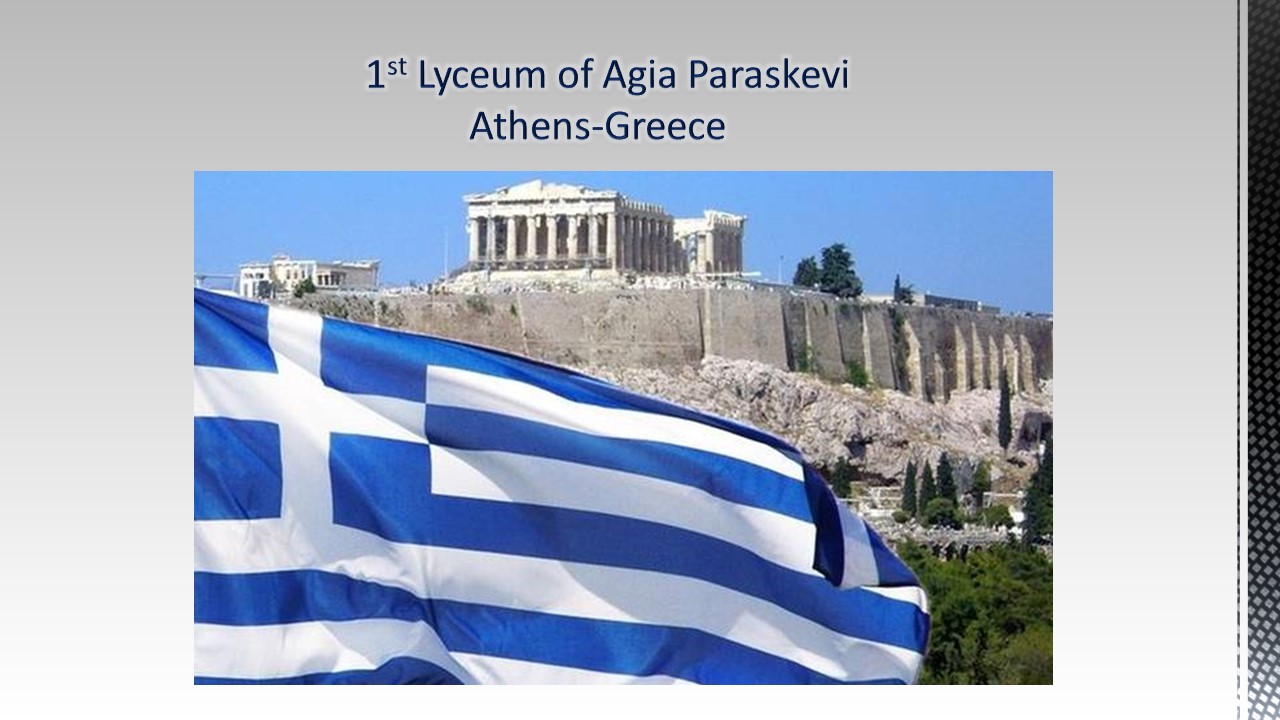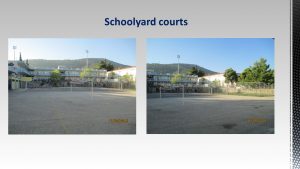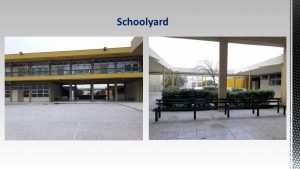
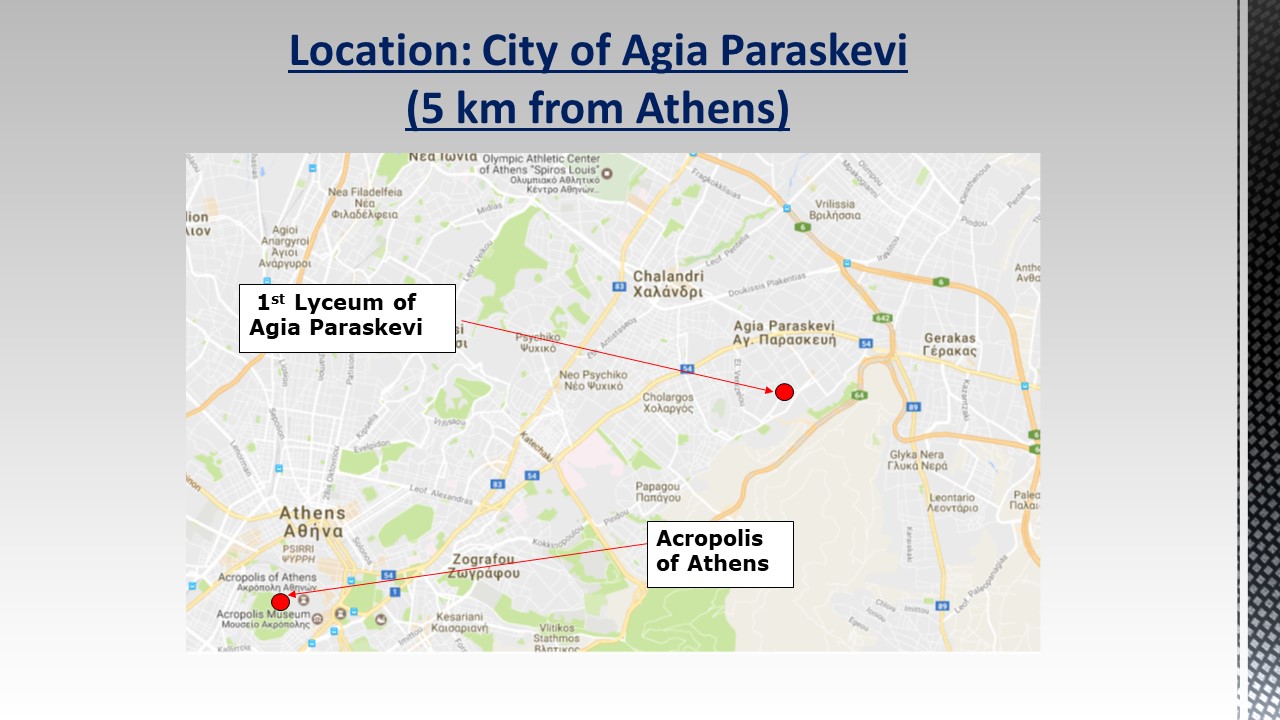

Photos of our facilities
The History of Agia Paraskevi
Agia Paraskevi is located between the 9th and 10th km. of Athens-Marathon Avenue (Leoforos Athinon-Marathonos), at the foot of Mountain Imittos. It covers an area of ??10 m2 and borders the Municipalities of Cholargos, Chalandri, Gerakas and Glyka Nera.
The area has been inhabited since antiquity. The first mention of this region is in the “Attica” of Pausanias, where we learn that the area from Chalandri to Agia Paraskevi and Paiania was, during the 6th century BC, the great municipality of Plysia, a wealthy, prosperous and mysterious area, which, according to historians, belonged to the tribe of Cyclops. This is due to the multitude of burial findings along the Mesogion Avenue on Nikiou Street, as well as the impressive burial structure, built of Pentelic marble and with arched roofs, which has been found near the intersection of Sofokli Venizelou Street and Marmariotissis and is nowadays a church.
In ancient Flea, Hephaestus, Artemis and many deities related to vegetation and the underworld were worshiped. After Elefsina, Flea was the predominant City of sacrificial rituals. There was an important sanctuary that was rebuilt by Themistocles after its destruction by the Persians. The secret ceremonies of the Phrygian Great Mother, which lasted until the 4th century AD, were greatly flourished in Plyas, witnessed by the many inscribed altars found in the area. Moving from antiquity to Roman times, Poet Ovid praises the beauty of the region’s vegetation (βλάστηση) and climate.
In the last Byzantine years the history of the place revolves around the life of the monastery of St. John the Hunter, otherwise the Monastery of the Philosophers. This monastery was built in 1185 AD and its dominant founder is Monk Basil the Hunter. A prominent Abbot of the monastery was Neophytos, to whom the construction of the road that connected the present Cross with the Monastery and the plain of Athens to the Mediterranean is attributed. The pillar of Neophytos proves all the above and the inscription of the monument summons the people passing by to pray for the salvation of its manufacturer?s soul.
During the Turkish Occupation part of the monastery of St. John the Hunter was demolished, in order to be used for the fortification of the Acropolis of Athens. However, this is a peak period for the monastery which holds two glebes.
In the early 19th century the area belonged to Turkish Halil Bey, who sold it to Count Antonio Botsaris. On 13.11.1850 he sold a large part of it to nine residents of Chalandri. However, we do not know when the current settlement began. We only know that in the beginning there were four inns: the inns of Markos, of Belba, of Vlachos and of Sertis, which served those who moved or transported products from the suburbs of Mesogia to Athens and vice versa. At the beginning of the 20th century there were few houses in the suburb, mainly holiday villas and vineyard farms. The first house built was that of Panagiotis Davaris in 1894 and the first one born in the settlement was his grandson, Yiannis Davaris in 1910.
Until the middle of the 20th century the region had resorted (κατέφευγαν) to tuberculosis due to its healthy climate (lack of moisture) and they rented or set up shelters on the inhabitants’ lands. Until 1921 Agia Paraskevi belonged to the Municipality of Athens along with Chalandri and the settlements of Psychiko, Cholargos, Filothei, Penteli, Neo Psychiko and Vrilissia. All of these areas formed the community of Chalandri in 1925 and were subsequently separated and formed their own communities and later on Municipalities. Agia Paraskevi was first recognized as a community in 1929 but was abolished the same year and remained as a settlement of Chalandri until 1931. Then it officially became a Community and in 1963 a Municipality.
Since 1948, Agia Paraskevi ceases to be a holiday resort and becomes a community of permanent residents. In the 1960s Public Services already operate in the suburbs. Εlectricity is supplied to the wider area of ??East Attica by a company of the suburbs of Agia Paraskevi. Water supply is provided first by the Hadrian?s Aqueduct and later by ULEN. The phone connections comes to Tsakos in 1962During this period, the asphalting of the first roads and the widening of Mesogion Avenue began. At the same time, approximately 1,000 acres were allocated for the construction of the NCSR Democritus and the American College. Then the space for the construction of the French School ?Lyc?e Franco-Hell?nique Eug?ne Delacroix? and the premises of the Ministry of Agriculture is given. During the dictatorship, ERT radio station was built on Mesogion Avenue.
The population of the city occasionally depicts the following movement:
|
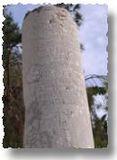 |
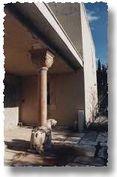 |
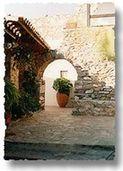 |



